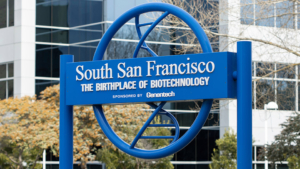
Diverse cells make up the endothelium
Cells that line the blood vessels do not behave identically but instead exhibit varied responses to the same biochemical signals, British researchers report in Science.
Endothelial dysfunction has been recently highlighted as a hallmark in many severe disorders including cardiovascular diseases. However, understanding of the molecular mechanisms that regulate permeability of the 60,000 miles of blood vessels in our bodies is crucial for selecting good drug targets. But things seem more complex than thought before.
According to new resesearch of Matthew Lee and his team at University of Strathclyde, the responses of the continuous sheet of cells that lines the blood vessels to biochemical signals results from communication between heterogenous populations of cells with differential sensitivities to these signals. Thus vascular responses, such as changes in blood clotting, nutrient exchange, and blood vessel dilation and constriction, to external triggers need to be coordinated critical for the proper function of the cardiovascular system.
Investigating endothelial cells in the rat carotid artery, the researchers found that most endothelial cells that were sensitive to muscarinic agonists were not sensitive to purinergic agonists and that few cells were sensitive to both signals. Cells that were sensitive to the same signal occurred in spatially distinct clusters, and neighboring clusters of cells with different sensitivities communicated with one another to integrate the information from the two signals to generate a coordinated response. These results contribute to understanding how the endothelium can process large amounts of biochemical information for a coordinated, tissue-wide response.



 Genentech Corp. / Roche
Genentech Corp. / Roche